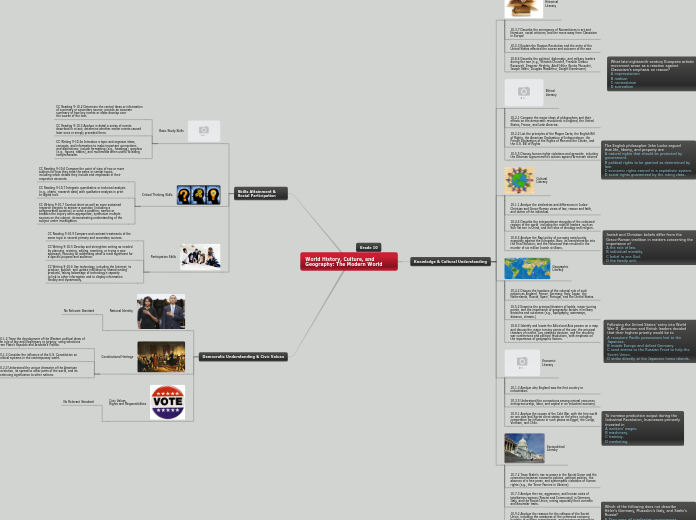World History, Culture, and Geography: The Modern World
Knowledge & Cultural Understanding
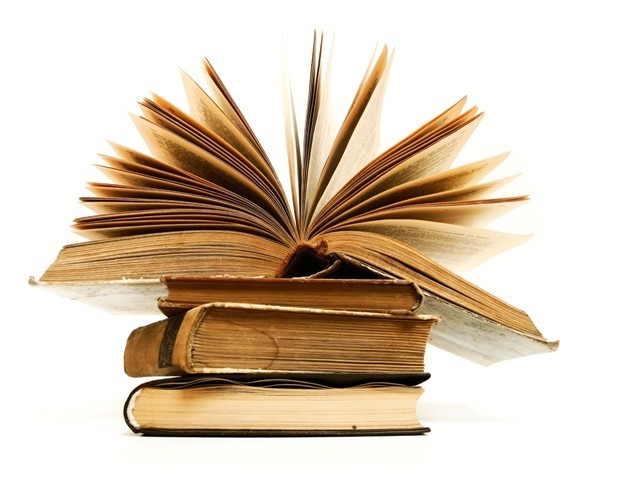
Historical
Literacy
10.3.7 Describe the emergence of Romanticism in art and literature, social criticism, and the move away from Classicism in Europe
10.5.3 Explain the Russian Revolution and the entry of the United States affected the course and outcome of the war.
10.8.4 Describe the political, diplomatic, and military leaders during the war (e.g., Winston Churchill, Franklin Delano Roosevelt, Emperor Hirohito, Adolf Hitler, Benito Mussolini, Joseph Stalin, Douglas MacArthur, Dwight Eisenhower)

Ethical
Literacy
10.2.1 Compare the major ideas of philosophers and their effects on the democratic revolutions in England, the United States, France, and Latin America.
10.2.2 List the principles of the Magna Carta, the English Bill of Rights, the American Declaration of Independence, the French Declaration of the Rights of Man and the Citizen, and the U.S. Bill of Rights
10.5.5 Discuss human rights violations and genocide, including the Ottoman Ggovernment's actions against Armenian citizens
Cultural
Literacy
10.1.1 Analyze the similarities and differences in Judeo-Christian and Greco-Roman views of law, reason and faith, and duties of the individual.
10.4.4 Describe the independence struggles of the colonized regions of the world, including the roles of leaders, such as Sun Yat sen in China, and the roles of ideology and religion.
10.8.5 Analyze the Nazi policy of purusing racial purity, especially against the European Jews; its transformation into the Final Solution; and the Holocaust that resulted in the murder of six million Jewish civillians.
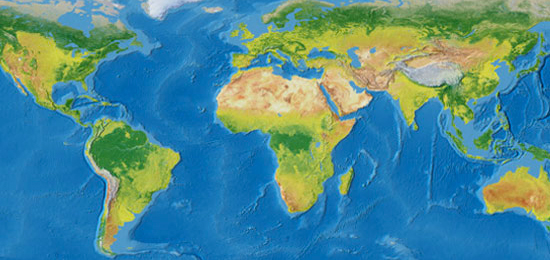
Geographic
Literacy
10.4.2 Discuss the locations of the colonial rule of such nations as England, France, Germany, Italy, Japan, the Netherlands, Russia, Spain, Portugal, and the United States.
10.5.2 Examine the principal theaters of battle, major turning points, and the importance of geographic factors in military decisions and outcomes (e.g., topography, waterways, distance, climate.)
10.8.3 Identify and locate the Allied and Axis powers on a map and discuss the major turning points of the war, the principal theaters of conflict, key strategic decision, and the resulting war conferences and political resolutions, with emphasis on the importance of geographic factors.

Economic
Literacy
10.1.3 Analyze why England was the first country to industrialize.
10.3.5 Understand the connections among natural resources, entrepreneurship, labor, and capital in an industrial economy.
10.9.1 Analyze the causes of the Cold War, with the free world on one side and Soviet client states on the other, including competition for influence in such places as Egypt, the Congo, Vietnam, and Chile.

Sociopolitical
Literacy
10.7.2 Trace Stalin's rise to power in the Soviet Union and the connection between economic policies, political policies, the absence of a free press, and systempatic violations of human rights (e.g., the Terror Famine in Ukraine)
10.7.3 Analyze the rise, aggression, and human costs of totalitarian regimes (Fascist and Communist) in Germany, Italy, and the Soviet Union, noting especially their common and dissimilar traits.
10.9.2 Analyze the reasons for the collapse of the Soviet Union, including the weakness of the command economy, burdens of military commitments, and growing resistance to Soviet rule by dissidents in satellite states and the non-Russian Soviet republics.
Skills Attainment & Social Participation
Basic Study Skills

CC Reading 9-10.2 Determine the central ideas or information of a primary or secondary source; provide an accurate summary of how key events or ideas develop over
the course of the text.
CC Reading 9-10.3 Analyze in detail a series of events described in a text; determine whether earlier events caused later ones or simply preceded them.
CC Writing 9-10.2a Introduce a topic and organize ideas, concepts, and information to make important connections
and distinctions; include formatting (e.g., headings), graphics (e.g., figures, tables), and multimedia when useful to aiding comprehension.
Critical Thinking Skills

CC Reading 9-10.6 Compare the point of view of two or more authors for how they treat the same or similar topics,
including which details they include and emphasize in their respective accounts.
CC Reading 9-10.7 Integrate quantitative or technical analysis (e.g., charts, research data) with qualitative analysis in print or digital text.
CC Writing 9-10.7 Conduct short as well as more sustained research projects to answer a question (including a selfgenerated question) or solve a problem; narrow or
broaden the inquiry when appropriate; synthesize multiple sources on the subject, demonstrating understanding of the subject under investigation.
Participation Skills
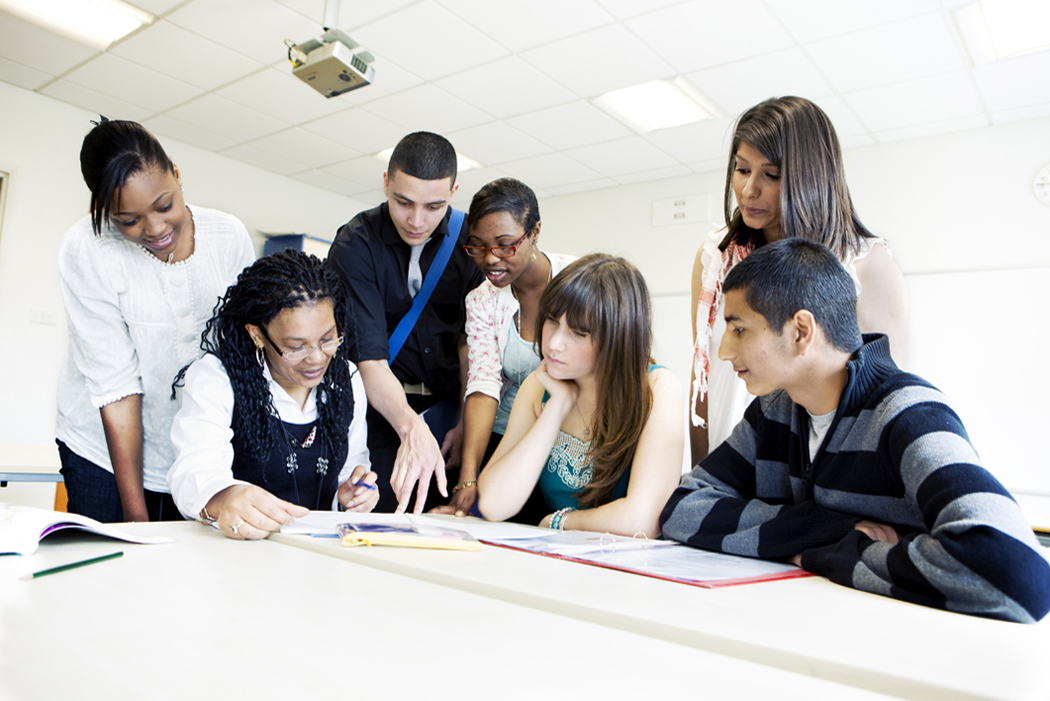
CC Reading 9-10.9 Compare and contrast treatments of the same topic in several primary and secondary sources.
CC Writing 9-10.5 Develop and strengthen writing as needed by planning, revising, editing, rewriting, or trying a new
approach, focusing on addressing what is most significant for a specific purpose and audience.
CC Writing 9-10.6 Use technology, including the Internet, to produce, publish, and update individual or shared writing
products, taking advantage of technology’s capacity
to link to other information and to display information
flexibly and dynamically.
Democratic Understanding & Civic Values
National Identity

No Relevant Standard
Constitutional Heritage
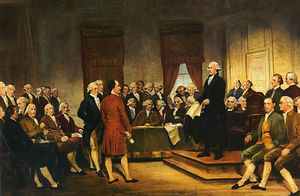
10.1.2 Trace the development of the Western political ideas of the rule of law and illegitimacy or tyranny, using selections from Plato's Republic and Aristotle's Politics.undefined
10.1.3 Consider the influence of the U.S. Constitution on political systems in the contemporary world.
10.2.3 Understand the unique character of the American Revolution, its spread to other parts of the world, and its continuing significance to other nations.
Civic Values,
Rights and Responsibilities

No Relevant Standard
